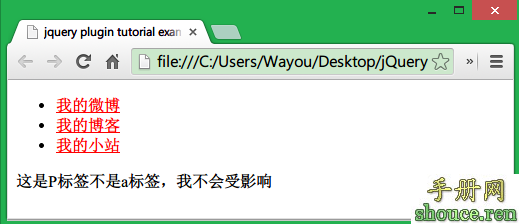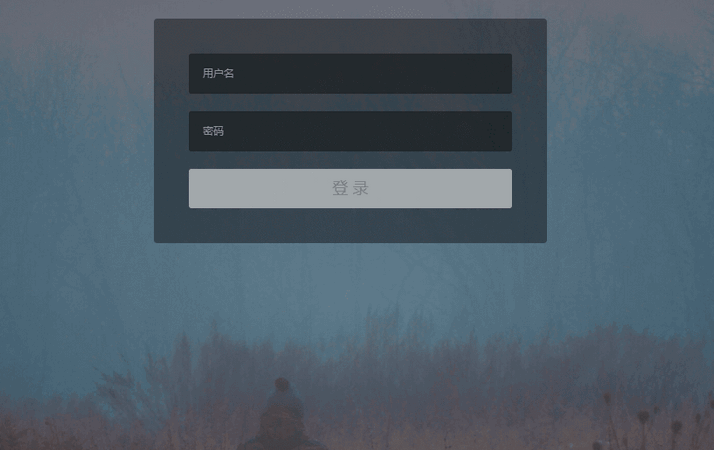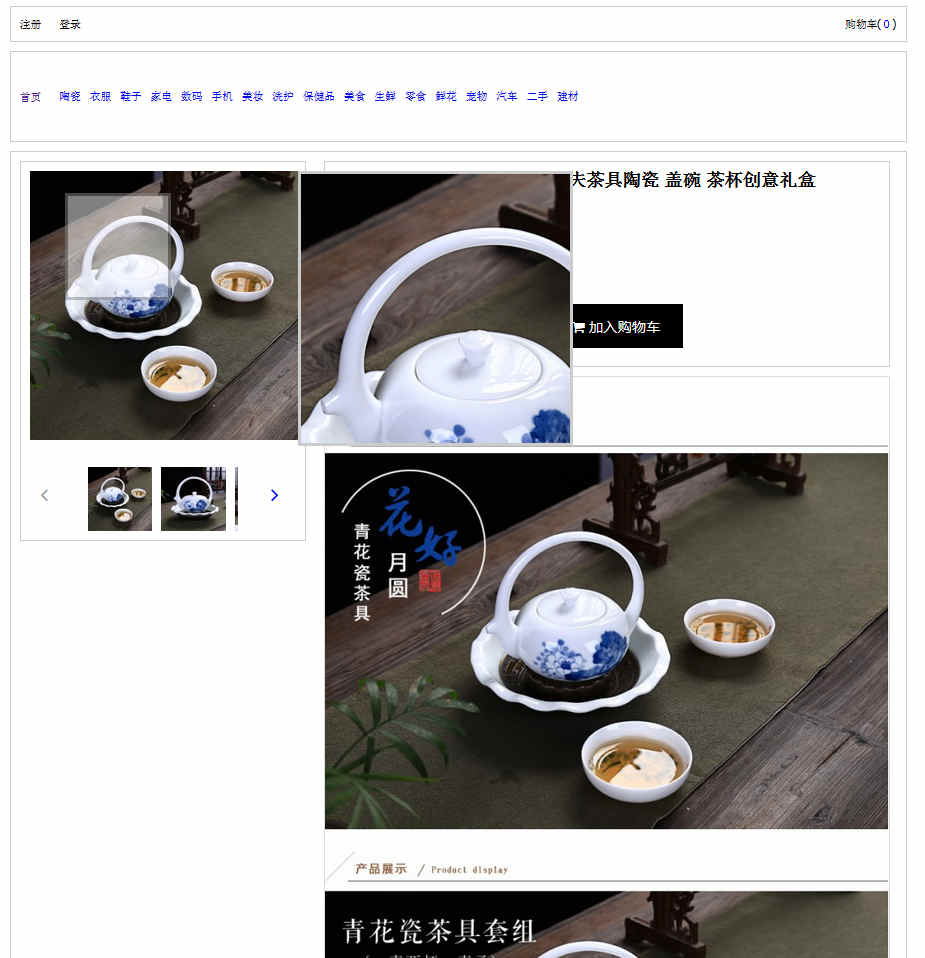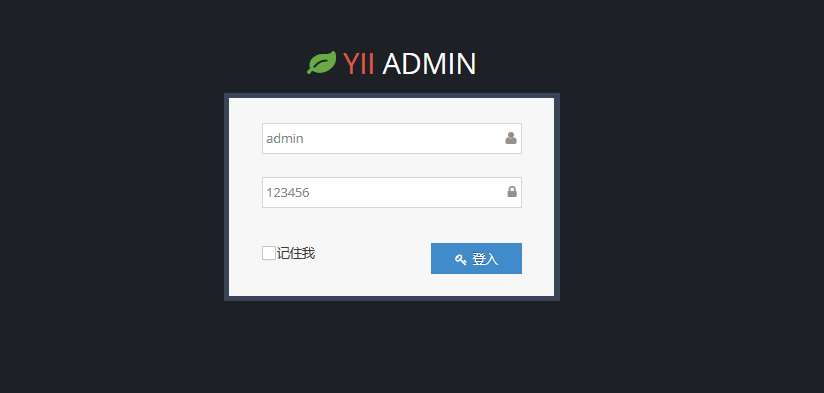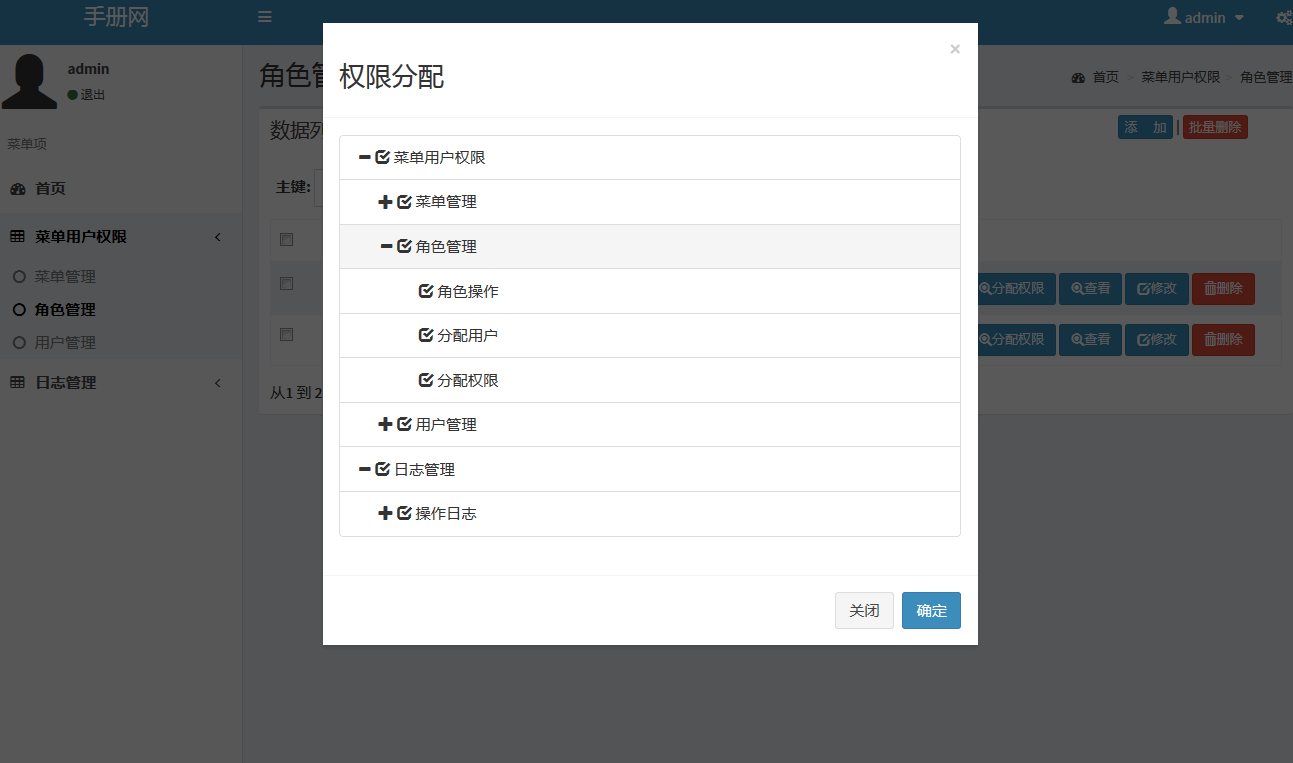Android学习系列(7)--App轮询服务器消息
这篇文章是android开发人员的必备知识。
1.轮询服务器
一般的应用,定时通知消息可以采用轮询的方法从服务器拿取消息,当然实时消息通知的话,建议采用推送服务。
其中需要注意轮询的频率设置,要在需求和性能中平衡。
2.独立进程
无论程序是否正在运行,我们都要能通知到客户,我们需要一个独立进程的后台服务。
我们需要一个独立进程的后台服务。
在AndroidManifest.xml中注册Service时,有一个android:process属性,如果这个属性以"."开头,则为此服务开启一个全局的独立进程,如果以":"开头则为此服务开启一个为此应用私有的独立进程。举个具体的例子吧,我们新建了一个 Application,创建了主进程com.cnblogs.tianxia,那么:
- <!--下面会创建一个全局的com.cnblogs.tianxia.message的独立进程-->
- <service android:name=".service.MessageService" android:label="消息推送" android:process=".message" />
- <!--或者-->
- <!--下面会创建一个应用私有的com.cnblogs.tianxia:message的独立进程-->
- <service android:name=".service.MessageService" android:label="消息推送" android:process=":message" />
我们没必要建立一个全局的,本文选择第二种方案,创建一个当前应用私有的独立进程。
3.通知用户和点击查看
- public class MessageService extends Service {
- //获取消息线程
- private MessageThread messageThread = null;
- //点击查看
- private Intent messageIntent = null;
- private PendingIntent messagePendingIntent = null;
- //通知栏消息
- private int messageNotificationID = 1000;
- private Notification messageNotification = null;
- private NotificationManager messageNotificatioManager = null;
- public IBinder onBind(Intent intent) {
- return null;
- }
- @Override
- public int onStartCommand(Intent intent, int flags, int startId) {
- //初始化
- messageNotification = new Notification();
- messageNotification.icon = R.drawable.icon;
- messageNotification.tickerText = "新消息";
- messageNotification.defaults = Notification.DEFAULT_SOUND;
- messageNotificatioManager = (NotificationManager)getSystemService(Context.NOTIFICATION_SERVICE);
- messageIntent = new Intent(this, MessageActivity.class);
- messagePendingIntent = PendingIntent.getActivity(this,0,messageIntent,0);
- //开启线程
- messageThread = new MessageThread();
- messageThread.isRunning = true;
- messageThread.start();
- return super.onStartCommand(intent, flags, startId);
- }
- /**
- * 从服务器端获取消息
- *
- */
- class MessageThread extends Thread{
- //运行状态,下一步骤有大用
- public boolean isRunning = true;
- public void run() {
- while(isRunning){
- try {
- //休息10分钟
- Thread.sleep(600000);
- //获取服务器消息
- String serverMessage = getServerMessage();
- if(serverMessage!=null&&!"".equals(serverMessage)){
- //更新通知栏
- messageNotification.setLatestEventInfo(MessageService.this,
- "新消息","奥巴马宣布,本拉登兄弟挂了!"+serverMessage,messagePendingIntent);
- messageNotificatioManager.notify(messageNotificationID, messageNotification);
- //每次通知完,通知ID递增一下,避免消息覆盖掉
- messageNotificationID++;
- }
- } catch (InterruptedException e) {
- e.printStackTrace();
- }
- }
- }
- }
- /**
- * 这里以此方法为服务器Demo,仅作示例
- * @return 返回服务器要推送的消息,否则如果为空的话,不推送
- */
- public String getServerMessage(){
- return "YES!";
- }
- }
其中MessageActivity是点击跳转的activity,负责处理查看详细信息。
我们在其他Activity中调用一下:
- boolean isMessagePush = true;//不开启就设置为false;
- ...
- if(isMessagePush){
- startService(new Intent(this, MessageService.class))
- };
运行一下:
4.停止服务
- stopService(new Intent(MyActivity.this,MessageService.class));
- setMessagePush(false);//设置配置文件或数据库中flag为false
运行一下,停止服务后,却出乎意料的并没有停下来,怎么回事?是不是代码写错了?
代码没有错,错在我们停止了服务,却没有停止进程,退出线程。
5.退出线程
实践证明,Thread的stop()方法并不可靠。但是我们有其他的办法。
在代码面前,程序员就是上帝。
退出线程有两种方法。
第一种方法,强制退出。
- //杀死该线程所在的进程,自然就退出了
- System.exit(0);
第二种方法,设置isRunning为false。
- //前面说到了isRunning这个标志,设置为false后,线程的执行就从while循环中跳出来了,然后自然结束掉了
- messageThread.isRunning = false;
综合一下,我们在MessageService中重载onDestroy()方法如下:
- @Override
- public void onDestroy() {
- System.exit(0);
- //或者,二选一,推荐使用System.exit(0),这样进程退出的更干净
- //messageThread.isRunning = false;
- super.onDestroy();
- }
好了,现在无论是手动停止,还是从任务管理器中强制停止Service,消息服务和消息线程都能正常的停止和退出了。
- 没有章节



